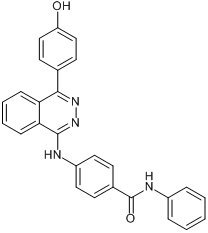allthegoodjwh's
Greenlighter
- Joined
- Aug 8, 2012
- Messages
- 41
anybody think these can hold a candle to other classes of synthetic cannabinoids (especially the ones with very high cb1 affinities) ?
what about when combined with an FAAH (Fatty acid amide hydrolase) inhibitor, to prevent the breakdown of all the Anandamine floating around in the synapse? (also because most of the chemcials ive come across are both FAAH inhibitors and anandamine re-uptake inhibitors)
what about in combination with a CB1 agonist?
would like to have a discussion on this topic, also if anyone (or knows anyone) that has tried one of these
some of the ones i found were
Arvanil
Potent CB1 and TRPV1 agonist. Also anandamide transport inhibitor
(interesting as it acts on both CB1 and the anandamine transporter)
as well as this one too
NADA
Endogenous CB1 agonist. Also vanilloid agonist and inhibitor of FAAH and AMT
LY 2183240
Novel, potent anandamide uptake inhibitor. Inhibits FAAH
O-2093
Inhibitor of anandamide uptake
OMDM-2
Potent inhibitor of anandamide uptake
what about when combined with an FAAH (Fatty acid amide hydrolase) inhibitor, to prevent the breakdown of all the Anandamine floating around in the synapse? (also because most of the chemcials ive come across are both FAAH inhibitors and anandamine re-uptake inhibitors)
what about in combination with a CB1 agonist?
would like to have a discussion on this topic, also if anyone (or knows anyone) that has tried one of these
some of the ones i found were
Arvanil
Potent CB1 and TRPV1 agonist. Also anandamide transport inhibitor
(interesting as it acts on both CB1 and the anandamine transporter)
as well as this one too
NADA
Endogenous CB1 agonist. Also vanilloid agonist and inhibitor of FAAH and AMT
LY 2183240
Novel, potent anandamide uptake inhibitor. Inhibits FAAH
O-2093
Inhibitor of anandamide uptake
OMDM-2
Potent inhibitor of anandamide uptake
Last edited:

